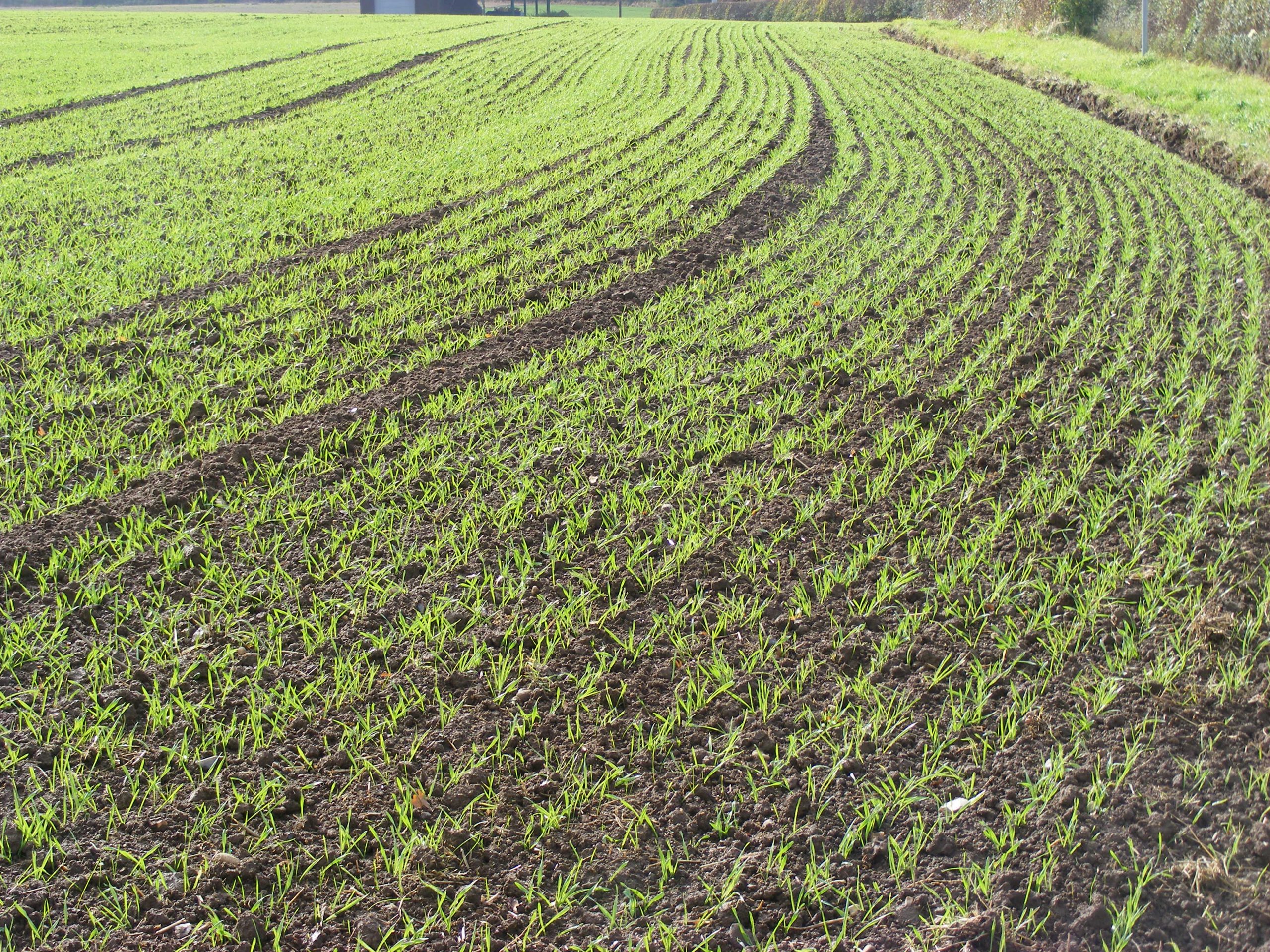Winter cropping can still deliver on bad black-grass ground
21st August 2018
The right rotation can make all the difference to both weed levels and arable profitability, allowing a good level of winter cropping to be maintained on even the worst black-grass
The right rotation can make all the difference to both weed levels and arable profitability, allowing a good level of winter cropping to be maintained on even the worst black-grass ground, confirms the latest Agrii research. But for the best results it has to be combined with the most appropriate establishment regime and sowing time.
“In our comprehensive long-term trials with 1 ha ’fields’ at the Stow Longa national black-grass technology centre we’ve seen a two-year cumulative gross margin difference of more than £1,300/ha between the best and worst cropping strategies,” revealed the company’s head of agronomy, Colin Lloyd.
“This was accompanied by a difference of almost 150 ears/m2 of black-grass, underlining the encouraging fact that the most financially rewarding strategies are also capable of giving the best black-grass control.”
In purely rotational terms, the highest average two year gross margins and best black-grass control in the Agrii trials have come from successive spring cropping – either spring barley following spring barley or spring oats following spring wheat.
However, both first wheat after beans and wheat after wheat have delivered two year total gross margins of well over £800/ha and low black-grass levels on the heavy ground which has serious underlying problems from highly-resistant black-grass.
“Our work shows there can be a place for profitable winter cropping on bad black-grass ground,” Colin Lloyd observed. “It also underlines, though, that its success in both margin earning and blackgrass control fundamentally depends on getting all the elements of the mix right. There’s very little margin for error.
“A highly competitive first wheat grown after a good cleaning crop of winter beans gave us a decent 9.12t/ha yield on average last season and kept black-grass populations good and low.
“On average, an equally competitive second wheat only gave us just over 8t/ha with nearly 10 times as much black-grass. This was even worse on both counts where we grew it after a wheat giving less-than-ideal black-grass control. But wheat grown after wheat sown into ploughed land following a fallow yielded almost as well as the first wheat, albeit with a rather higher black-grass population.”
While preferable to early drilling, the Agrii results show that delaying wheat drilling is unlikely to make second wheats viable where previous cropping has allowed black-grass populations to re-build. Nor will changing the cultivation system necessarily compensate for a poor rotation, although plough-based establishment may help to keep weed levels down.
Where the rotation has kept black-grass levels reasonable delayed drilling is likely to be useful in limiting black-grass build-up. Equally, while the choice of cultivation system may have relatively little impact on weed levels in a good black-grass controlling rotation, the right choice for the conditions can make a big difference to second wheat performance under high black-grass pressure.
“Overall, our trial experience to date suggests that second wheat will only produce reasonably in less good rotations if late-drilled and with a cultivation system best suited to the conditions.” pointed out Colin Lloyd. “Where deep one pass cultivation is employed here, black-grass levels can be expected to build to a much greater extent than with plough-based establishment.
“Where previous rotational control has been good, early drilling is likely to give the best crop performance, again providing the cultivation system is well-matched to the conditions. However, this may lead to a greater black-grass build-up than later drilling, making future rotational choices particularly important.”
The considerable rotational grass weed control promise showed by winter beans in first two years of the Stow Longa work was confirmed last season where they were included to combat particularly high levels of black-grass after successive winter cereals.
From an average 285 black-grass heads/m2 in June 2016, the beans cut the level to 82 heads/m2 last summer, with a reduction of fully eight-fold in the most highly-infested part of the field. They also produced the ideal soil conditions for the timely establishment of a ‘banker’ first wheat crop.
However, despite establishing very strongly in the winter, crop growth from May proved ‘woeful’ from December drilling after a catch crop to deliver a disappointing 3.39 t/ha compared with 4.68 t/ha and 4.16 t/ha respectively when drilled into previously deep-pass cultivation and ploughed ground.
Considered likely to have been due to seedbeds that were too ‘tight’ in a dry season, this unfortunately dragged down the rotation’s two year average margin performance, underlining the importance of matching cultivation and establishment to the prevailing conditions.
“Alongside the rotational trials, hybrid barley sown as a second cereal in late September continued to prove its value last season, yielding nearly 9.5 t/ha and delivering better margins than all but the best late-drilled second wheats,” noted Colin Lloyd.
“It also proved particularly competitive with virtually no black-grass visible above the crop at harvest and only a few stunted ears detectable within the canopy. And, of course, it has the added advantage of spreading workloads and providing a good entry for oilseed rape.
“It all goes to show that the right balance of rotation, cultivation regime and drilling date for the situation and conditions can make a huge difference to both arable margins and grassweed control,” he concluded.
“Providing we get this balance right with sufficient flexibility to adapt to individual needs and conditions, it’s good to see there’s still a place for a significant level of winter cropping on even the most challenging black-grass ground.”

